
Oxidation and the Importance of Antioxidants
Consumption of foods containing antioxidants can help to reduce cell damage, or oxidation. How do our cells become damaged? Chemical reactions in our body use oxygen to breakdown fats, proteins and carbohydrates. These reactions can sometimes produce an unstable form of molecule known as a free radical. The accumulation of these free radicals can damage our healthy cells. As a result of this cell damage, there is an increase in the potential for disease. This may include dementia, cancer, heart disease and even accelerated aging.
Normal body functions are not the only potential sources of free radicals. Harmful sun exposure or exposure to environmental toxins from pollutants and chemicals can also cause the formation of free radicals. Consumption of processed or low-quality foods is also a contributing factor. Similarly, high stress levels, the use of alcohol and exposure to tobacco smoke and drugs can lead to the formation of free radicals.
Lowering exposure to the causes of free radical formation is key. However, consumption of foods, spices, teas and herbs high in antioxidants can help to prevent the oxidative stress. As a result of consuming foods high in antioxidants, there is a reduction in the risk of inflammation and other health issues. Antioxidants are also substances that are capable of counteracting the damaging process of oxidation in tissue. These include phytonutrients, vitamins, minerals, certain amino acid combinations and enzymes.
There are many different antioxidants in various foods. Oatmeal contains Avenanthramide; goji berries contain Beta-carotene, zeaxanthin, lycopene, cryptoxanthin and lutein; tomatoes contain lycopene; cinnamon and green tea contain polyphenols.
Oxygen Radical Absorption Capacity (ORAC)
The measure of the antioxidant capacity for a particular food is on the basis of the Oxygen Radical Absorption Capacity (ORAC) scale. You can search on line for a listing of antioxidant foods and their ORAC values. These are expressed in units of μmol per 100g. The following summary provides some examples of foods ranking high on the ORAC scale.
Foods Containing High Amounts of Antioxidants
Blueberries have an ORAC value of 14000 and goji berries, shown below in their dried form, have an ORAC value of 25000.
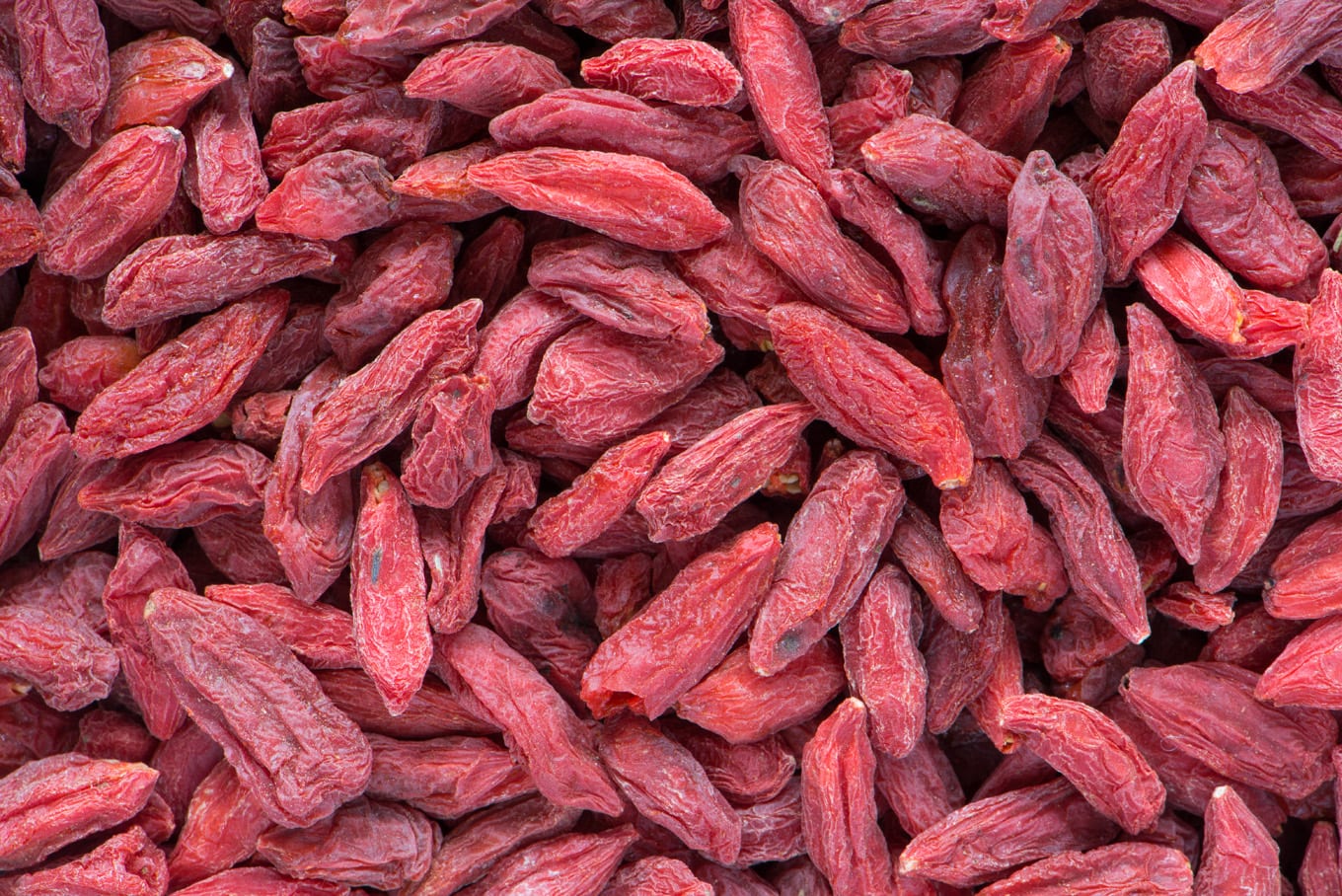
Dark chocolate has an ORAC value of 21000. Cacao beans undergo a drying and fermentation process to produce raw cacao nibs, which are chocolate in its purest form. These have a texture similar to that of roasted coffee beans and the flavour is slightly bitter and nutty. Heating at high temperatures to reduce the bitterness produces the cocoa that is the key ingredient of chocolate bars or cocoa powder. However, this heat processing also reduces the nutrient value in comparison to the cacao nibs. Cacao nibs have an ORAC of 62000 or nearly three times that of dark chocolate!
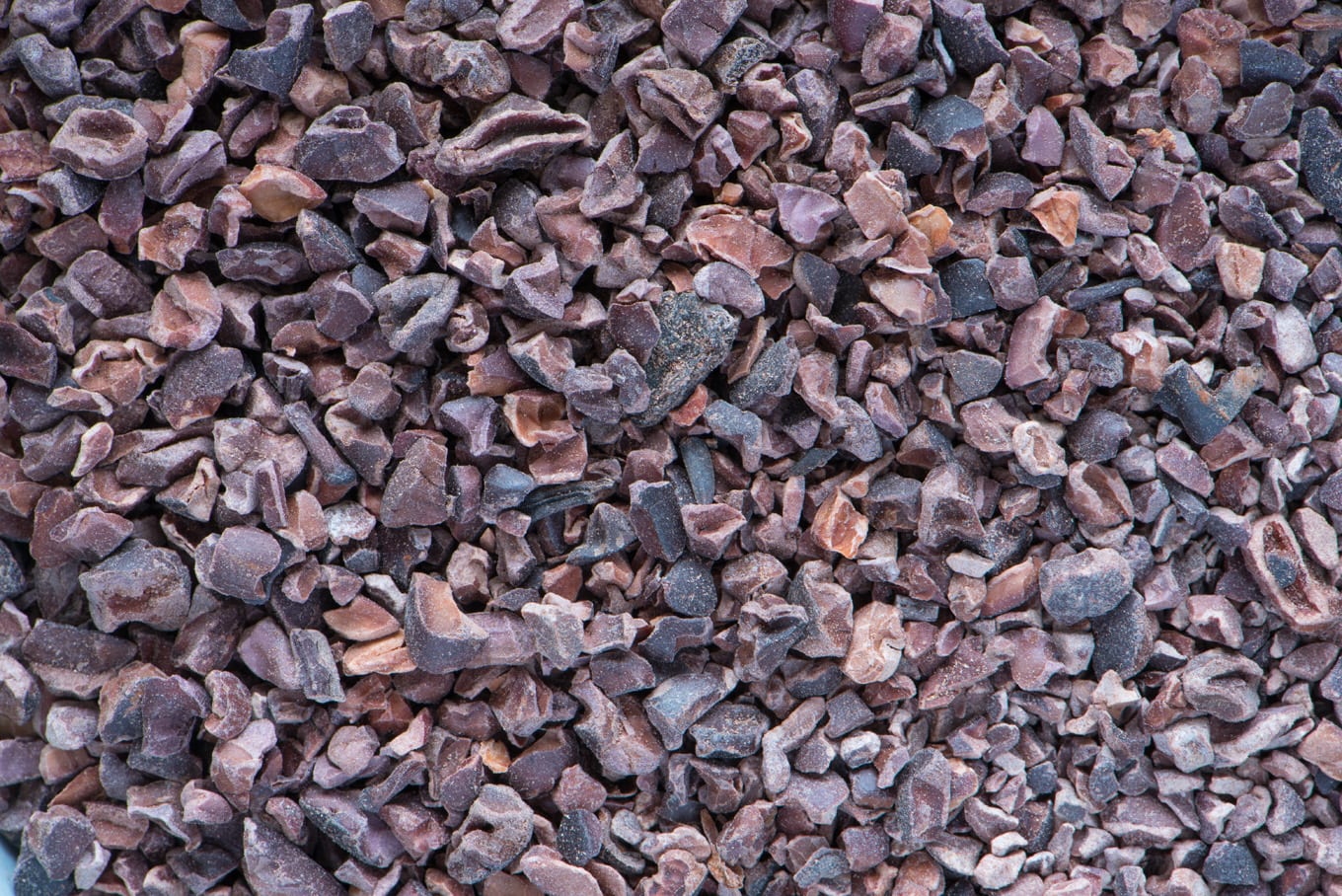
Pecans have an ORAC value of 17000 compared to raw almonds, shown below, which have an ORAC value of approximately 4450.
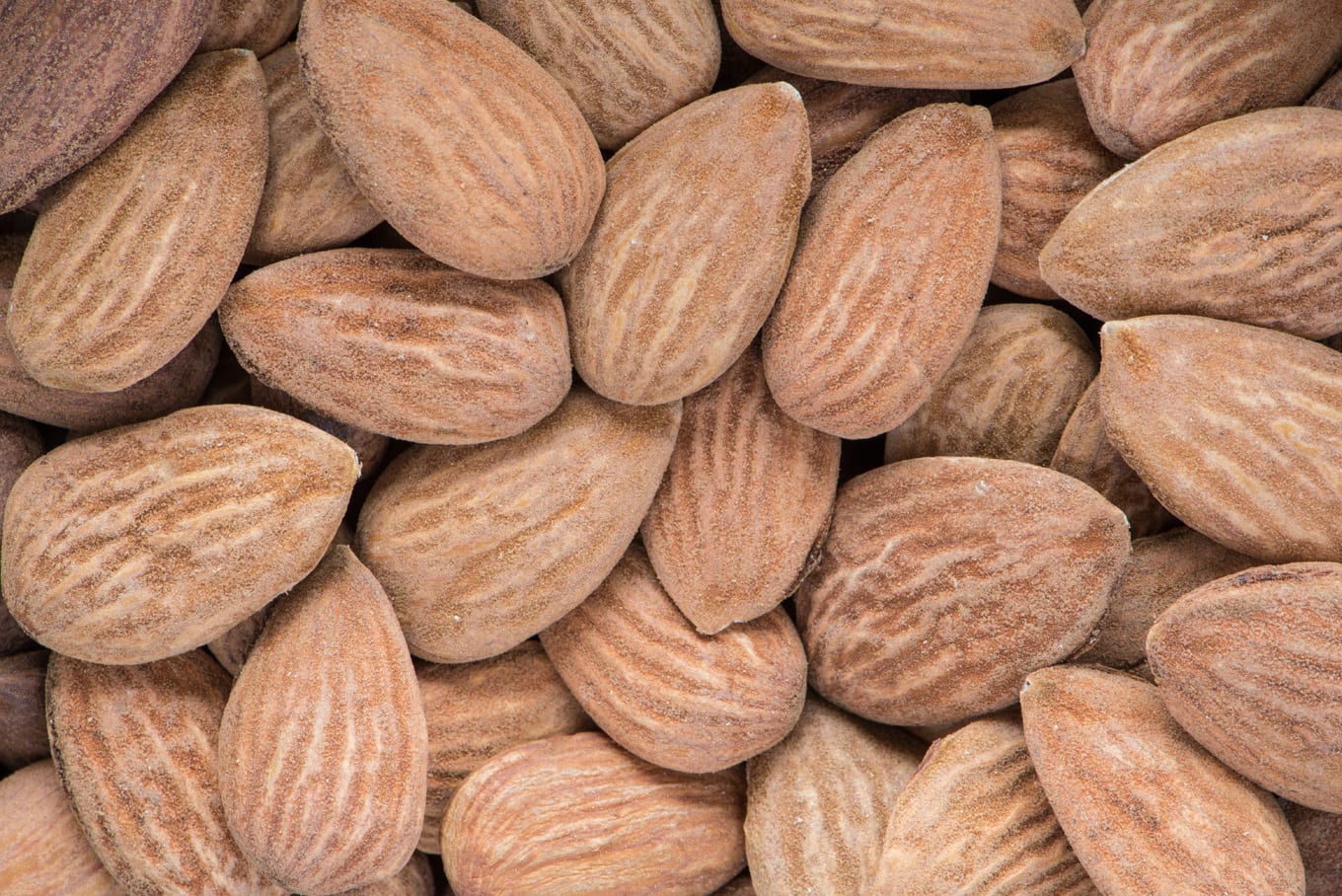
Kidney beans, shown below, have an ORAC value of 9500 and cranberries have the same value.
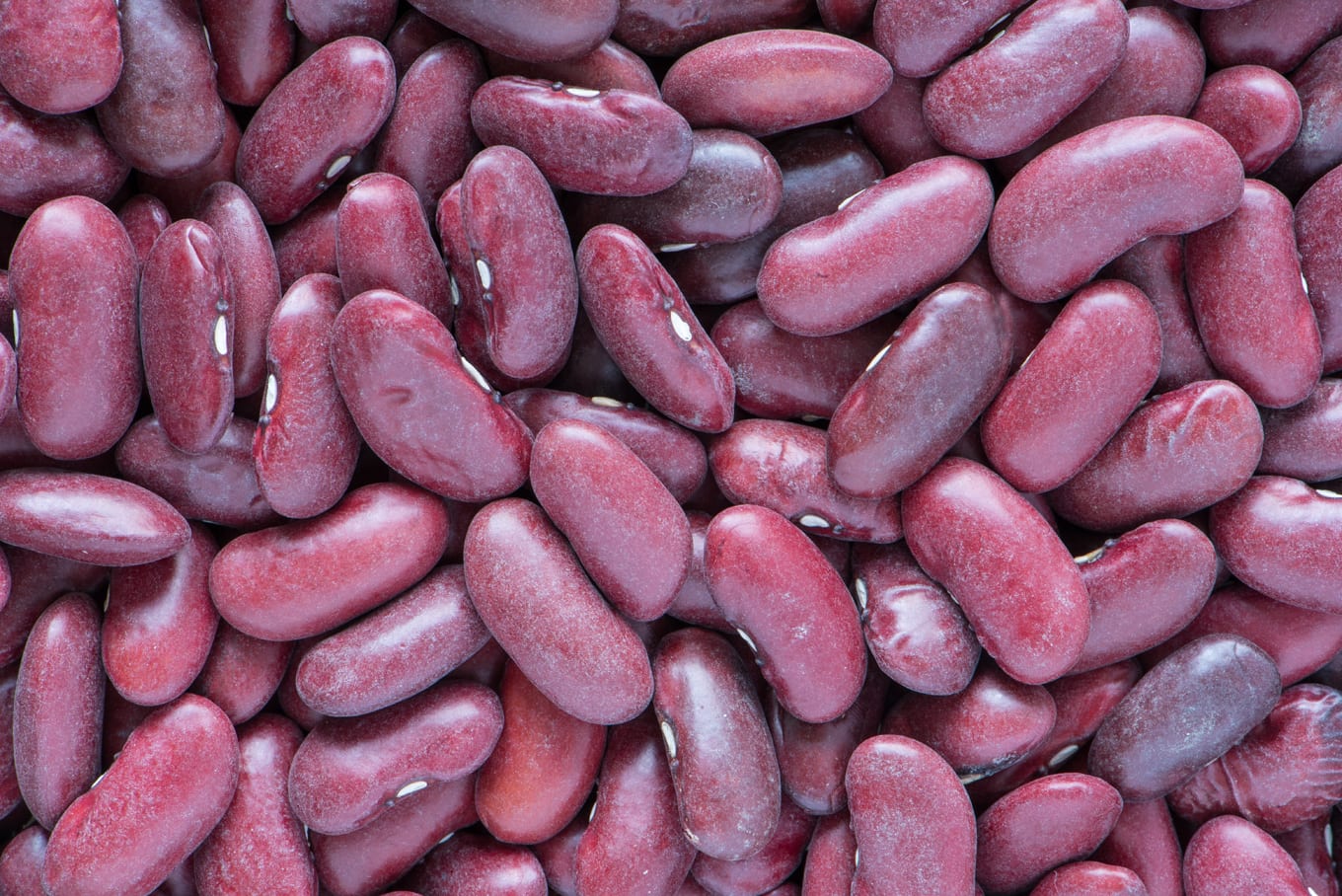
Interestingly, many herbs and spices are off the charts in ORAC value! Ground cloves have an astounding ORAC value of 290,283. Dried oregano also has a very high ORAC value of 175,295 and dried rosemary comes very close with a value of 165,280! You probably won’t sit down and eat 100g of dried oregano, but herbs and spices have such a high ORAC value that even a sprinkling is highly beneficial. If you have a meal of spaghetti with marinara sauce and broccoli for example, a sprinkling of oregano will double the antioxidant value of that meal! Here is a link to a fantastic video from nutritionfacts.org that provides more information on this:
https://nutritionfacts.org/video/antioxidants-in-a-pinch/
Obtain Antioxidants from Whole Foods
It is not surprising that many food companies have jumped on board by adding so-called antioxidants to their food. This is in an effort to market products as being more nutritious. As an example, Dr Pepper Snapple Group marketed their Antioxidant Cherry 7-Up beverage (no longer available) with a picture of cherries on the product label. However, there was neither antioxidants from cherries nor cherries in the drink. Only a small amount of vitamin E provided the antioxidants contained in the beverage. However, the remaining ingredients included carbonated water, high fructose corn syrup, citric acid, ‘natural’ flavours (whatever that means), potassium benzoate and red dye #40. Many of the ingredients are certainly not healthy. Facing multiple lawsuits, Dr Pepper Snapple Group removed the product from the market.
Always look for ways to include as many whole food antioxidant rich foods, herbs and spices into your diet. Ensure that these come from real and preferably organic food sources. Obtain these on a daily basis by consuming a variety of berries, nuts, colourful vegetables, fruits, beans, spices and herbs. See more about beans in our wellness post about the Health Benefits of Beans.

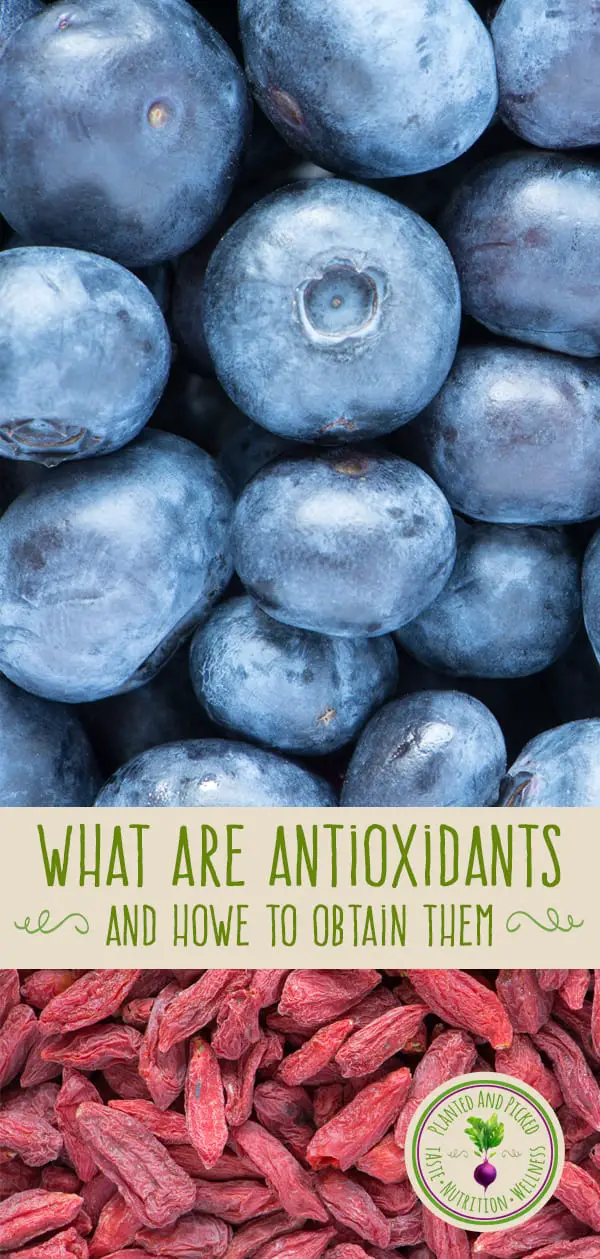



Hi….. I Like antioxidants and Food. Your information is Really True .
Thanks For Sharing articles……….
EXCELLENT ARTICLE ! Thank you for posting
Thank you so much for taking the time to read the article and comment. We try to include as many antioxidant food sources as possible in our recipes and in our daily lives. We hope you try some of them out!